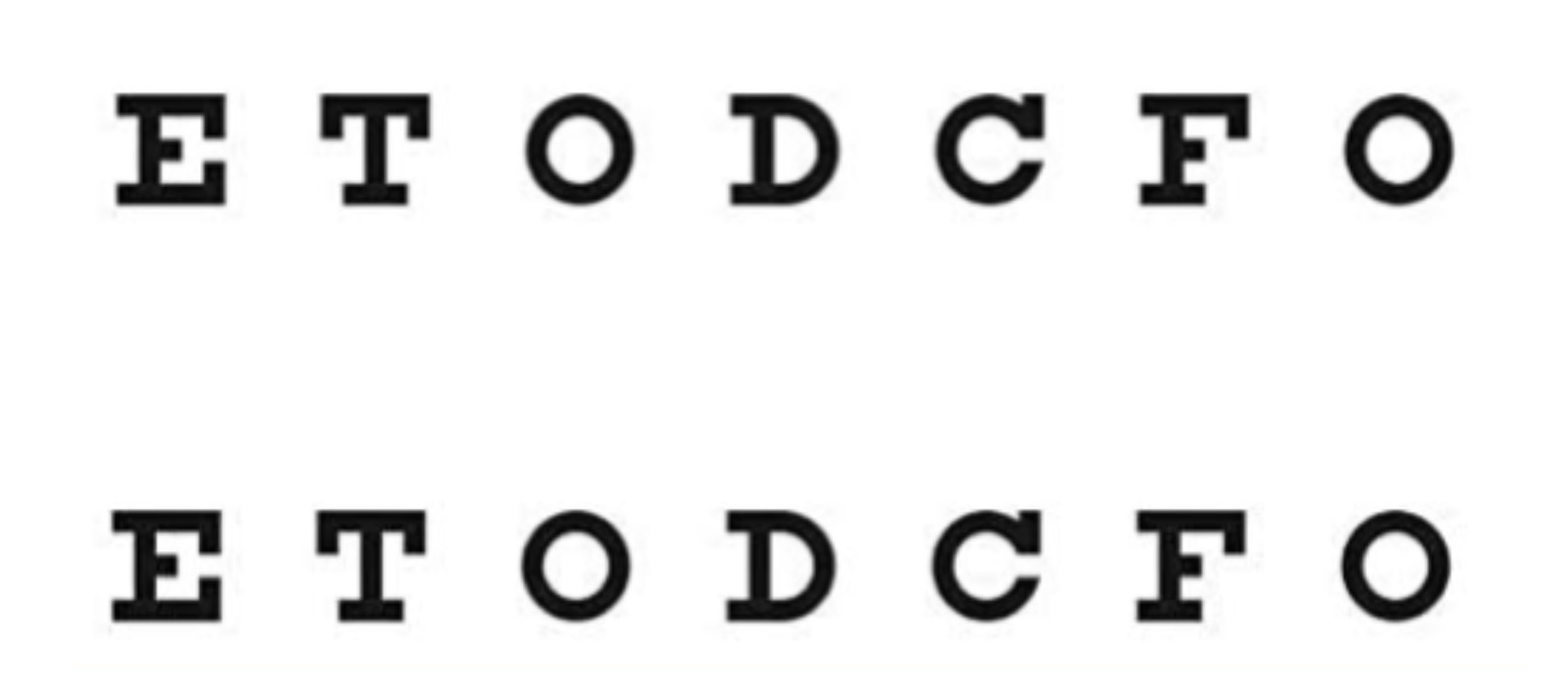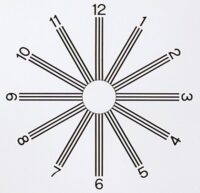AC/A ratio (Accommodative convergence/ Accommodation ratio)
Accommodative convergence/ Accommodation ratio also known as AC/A ratio, is a measurement of changes in accommodative convergence in prism diopters induced when the patient exert or relax 1 diopter of accommodation. Changes in the accommodation are either evoked by placing plus lens which relaxes accommodation or by minus which activate accommodation or when a person … Read more








